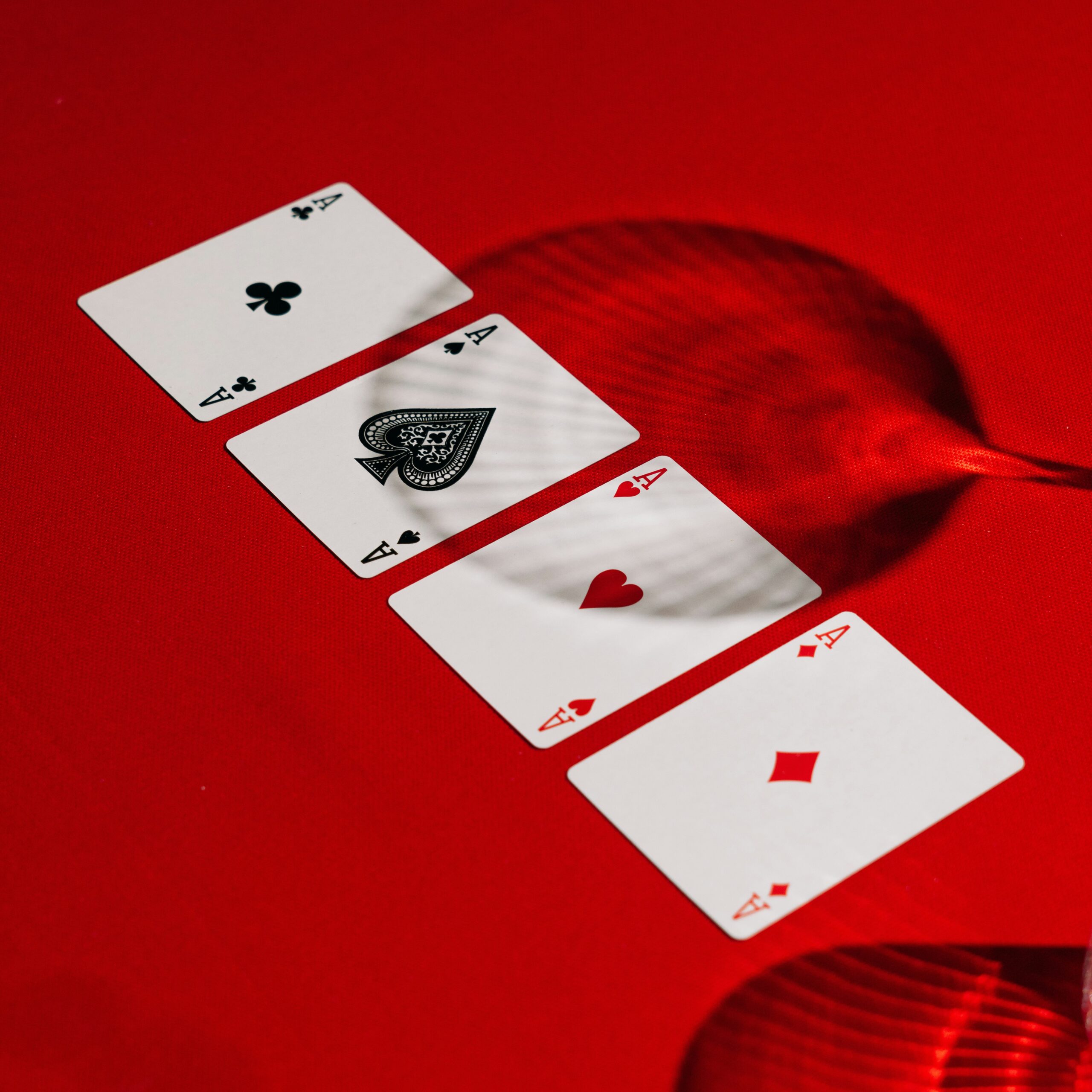
Sports card collecting, once seen as a nostalgic hobby rooted in childhood memories, has evolved into a sophisticated arena of financial opportunity. With rare cards fetching millions at auction and a growing number of collectors treating their collections as part of a diversified investment portfolio, the line between passion and profit continues to blur. This transformation has reinvigorated the hobby and introduced a new generation to the thrill of the chase.
While the heart of the activity still beats with nostalgia, today’s sports card collectors are more informed, tech-savvy, and strategic than ever. They pore over stats, market trends, and population reports like stock traders examine company earnings. As more people recognize the financial potential of sports cards, collecting becomes a unique intersection of personal enjoyment and calculated risk.
From Bubble Gum to Blockchain: The Hobby’s Evolution
Sports cards began as simple inserts in cigarette packs and later in bubble gum wrappers, designed primarily to entice young fans. Over the decades, they transitioned from childhood novelties to cherished memorabilia. Cards featuring legends like Babe Ruth, Michael Jordan, and Mickey Mantle have become iconic symbols of sports history, often passed down through generations.
However, the digital age has significantly accelerated the hobby’s transformation. Online marketplaces, social media groups, and blockchain technology have made sports cards more accessible and secure. Platforms like eBay and Goldin Auctions enable real-time bidding and global reach, while NFT-based digital cards introduce new layers of ownership and authenticity. These advancements have reshaped how collectors buy, sell, and perceive the value of their cards.
What Makes a Card Valuable in Today’s Market
A mix of rarity, condition, player popularity, and market demand drives the market for sports cards. Vintage cards, especially those with limited print runs or historical significance, tend to hold long-term value. For example, a pristine 1952 Topps Mickey Mantle card with a professional grading can command millions, particularly in near-mint condition.
The condition is crucial and is often assessed by third-party grading companies like PSA, BGS, and SGC. A single grade point can dramatically influence a card’s price. Meanwhile, modern cards featuring rookie players, autographs, or limited-edition parallels can skyrocket in value based on an athlete’s performance or hype. Thus, investors must weigh both intrinsic value and timing to succeed.
Grading and Authenticity: The Scientific Side of the Hobby
Professional grading has added a layer of scientific precision to collecting. Companies evaluate cards for centering, corners, edges, and surface quality, assigning a numerical grade that establishes its condition and authenticity. This standardized grading system gives buyers and sellers confidence in the card’s value, especially when dealing with high-stakes transactions.
Beyond physical grading, authenticity verification has also become critical. Counterfeits and altered cards have plagued the market, making trust a top concern. Fortunately, advances in forensic analysis, image recognition, and tamper-proof slabs have enhanced the hobby’s credibility. These technologies ensure collectors can verify they’re investing in genuine items with accurate grades.
The Rise of Sports Cards as an Investment Vehicle
Sports cards have emerged as a legitimate alternative asset class in recent years. Investors, hedge funds, and even celebrities have entered the space, drawn by the potential for high returns and low correlation to traditional markets. As a result, the sports card market has seen unprecedented price surges, especially during global economic uncertainty.
This shift has inspired platforms that treat sports cards like stocks. Companies like Rally and Collectable allow users to buy fractional shares of high-end cards, democratizing access to premium assets. These innovations have broadened participation and increased liquidity, turning what was once a static hobby into a dynamic investment environment.
Staying Ahead in a Rapidly Changing Landscape
To succeed in sports card collecting today, enthusiasts must stay informed and adaptable. The market evolves quickly, influenced by player performance, pop culture, and broader economic trends. Collectors who keep up with industry news, engage in online communities, and attend trade shows often gain insights that help them make smarter decisions.
At the same time, diversification remains a wise strategy. While it’s tempting to go all-in on a rising star or hot product line, spreading investments across eras, sports, and types of cards can provide balance. Whether collecting for fun or financial gain, those who do their research and act with intention tend to see the most significant rewards.
A Hobby Reimagined for the Modern Era
What began as a simple pastime has blossomed into a complex and rewarding pursuit that bridges the worlds of sports, history, technology, and finance. Sports card collecting allows enthusiasts to connect with their favorite athletes while building a valuable portfolio. As innovations continue to reshape the hobby, the future promises even more excitement for those willing to study, strategize, and invest wisely.
In this ever-evolving world, the true art of collecting lies not just in what you own but in how you adapt—merging sentiment with strategy and nostalgia with knowledge.